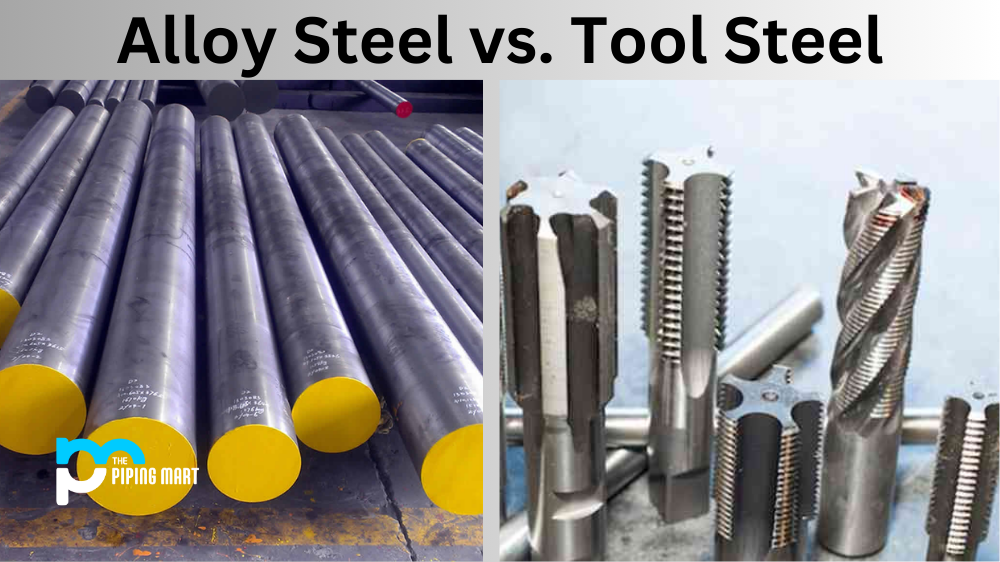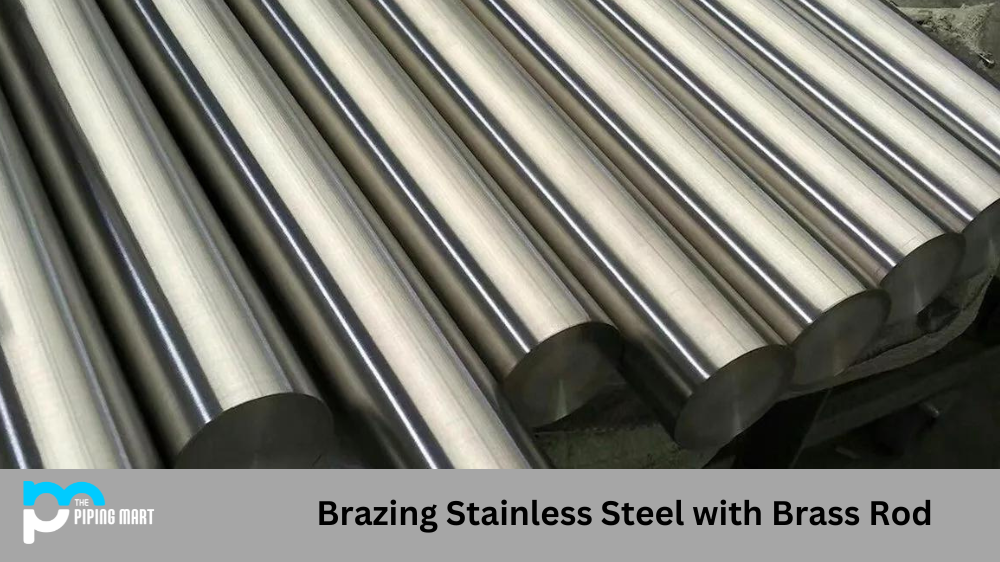Steel is a fundamental metal used in various industrial applications worldwide. Its versatility and strength allow engineers to create intricate machinery that withstand harsh conditions. However, not all steel is created equal. Regarding manufacturing and engineering, two types of steel that are often compared are alloy steel and tool steel. These two metals have distinct differences that make them ideal for different purposes.
What is Alloy Steel?
Alloy steel is a type of steel that has been combined with other elements to enhance its mechanical properties. This includes chromium, nickel, manganese, silicon, and titanium. Adding these elements changes the crystal structure of the steel and creates unique properties like increased strength, durability, and corrosion resistance.
One of the most notable benefits of alloy steel is its exceptional strength-to-weight ratio. This means it can withstand higher stress levels without becoming deformed or breaking. Some types of alloy steel can have up to twice the strength compared to regular carbon steel.
What Tool Steel?
Tool steel is a type of carbon and alloy steel specifically designed to be used in manufacturing tools, dies, and other cutting or forming applications. It possesses high strength, hardness, wear resistance, heat resistance, and toughness – making it an ideal material for heavy-duty industrial use.
One reason tool steel stands out from other types of steel is its ability to retain its shape and dimensions even when subjected to extreme temperatures and pressures. This unique characteristic makes it perfect for high-speed machining operations where consistency is crucial.
Understanding the Differences Between Alloy Steel and Tool Steel
Composition
Alloy steel is a broad term encompassing various steel types containing other elements besides iron and carbon. These added elements may include chromium, vanadium, nickel, and others to enhance their strength, hardness, and durability. On the other hand, Tool steel is a specific type of alloy steel formulated to have a high carbon content that gives it impressive strength and toughness. Tool steel contains other elements, such as manganese, tungsten, and chromium, improving its cutting or stamping tool performance.
Application
Alloy steel is widely used in various industries, including the automobile and construction. It is ideal for making gears, shafts, springs, and other components that require high strength and corrosion resistance. Because of its durability can also be used to make cutting tools such as knives, scissors, and saw blades. On the contrary, tool steel is explicitly formulated to serve as cutting or shaping tools, hence its name. It is an excellent choice for making dies, drill bits, and other tools that need to cut through hard materials.
Heat Treatment
One of the most significant differences between the steel types is their response to heat treatment. Alloy steel is known for its ability to be heat-treated, meaning it can be heated, quenched, and then tempered to alter its properties. Heat treatment can change its tensile strength, hardness, and toughness. On the other hand, Tool steel is designed to be heat-treated at high temperatures for better performance. The heat treatment process for tool steel gives it strength and durability, making it an obvious choice for cutting tools such as drills and saw blades.
Cost
Finally, the cost of the two types of steel is different. Alloy steel, a broad term for a range of steel alloys, has varying prices. The cost of the steel largely depends on the alloy used, its composition, and the amount used to manufacture the component. On the other hand, Tool steel is more expensive due to its high carbon content and additional elements that give it structure and strength. However, the cost of tool steel is justified by its quality and ability to withstand harsh conditions.
Conclusion
In summary, while alloy steel and tool steel may seem similar on the surface, they have distinct differences that make them ideal for different purposes. The composition, application, heat treatment, and cost of each type of steel are factors one must consider when choosing which one to use. Engineers must consider their component’s intended use and environment to identify the best steel type for their project. With this knowledge, they can create machinery that is not just durable but also long-lasting.
Meet Heer, a dynamic and driven writer learning tricks of her trade in the metal industry. With a background in Digital Marketing, Heer brings a unique perspective to her writing, sharing valuable insights. Apart from blogging she like reading and hiking.




